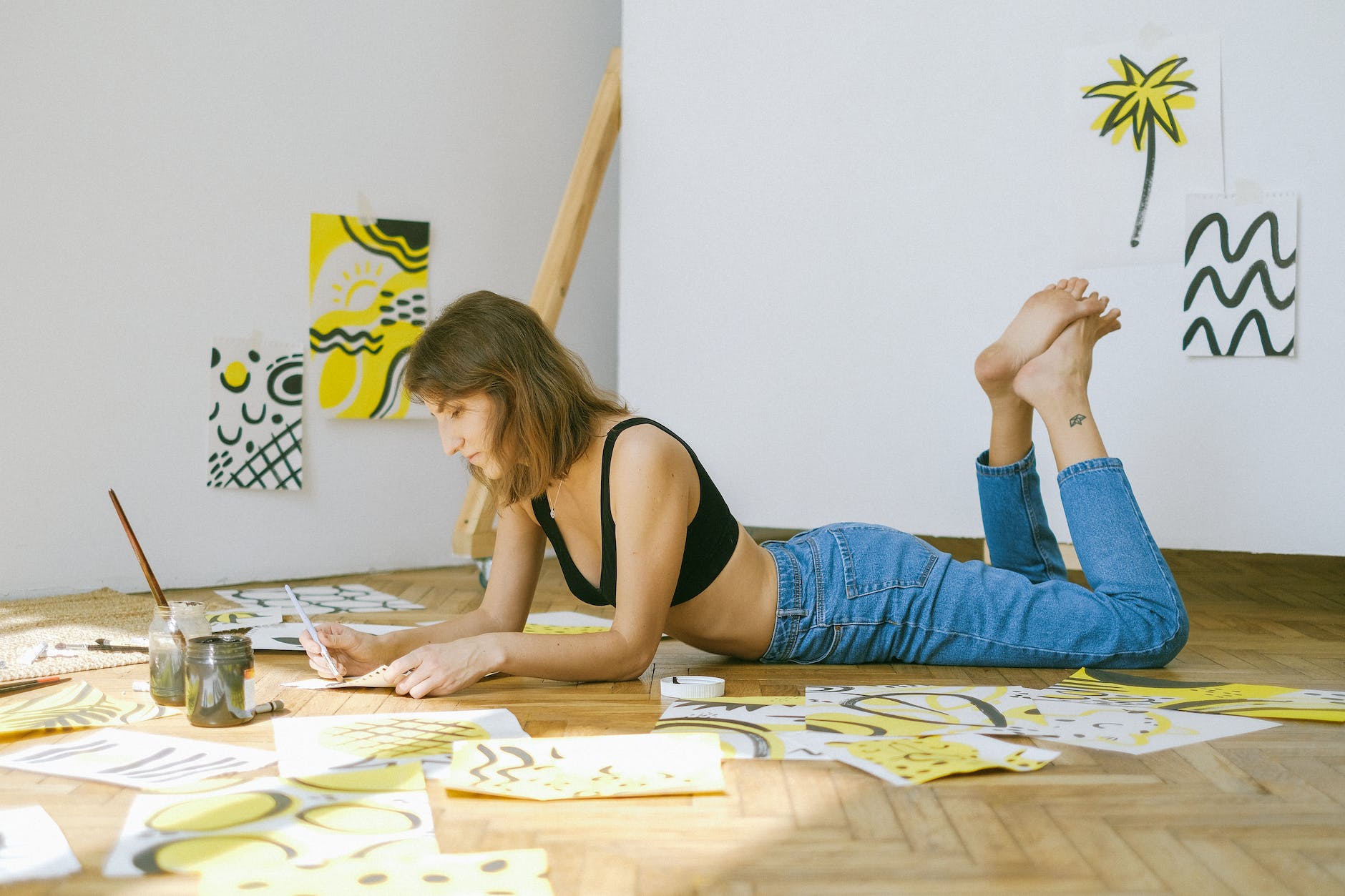Harnessing the powers of the mind through artistic mediums, particularly psychedelic art, can provide open doors to self-discovery, healing, and emotional release in therapeutic settings.
Psychedelic art, featuring vibrant colors, perplexing patterns, and other-worldly motifs, has long been associated with the subculture spawned from psychedelic drugs. But far beyond its counterculture associations and aesthetic appeal, psychedelic art also has profound implications on mental health and can play a vital role in therapy.
Artistic expression has always been recognized as a powerful form of therapeutic healing. It aids individuals in expressing complex emotions, thoughts, and experiences that are often difficult to articulate verbally. This has become particularly relevant within the context of psychedelic-assisted therapy, where the inclusion of art can offer a means of communication, helping individuals navigate their inner experiences, promote recall of profound insights, and promote integration of these experiences into everyday life.
Psychedelic-assisted therapy often elicits experiences that transcend our typical understanding, which makes them intricate to express and interpret. This is where the medium of psychedelic art can provide immense value. Engaging with psychedelic art creates a pathway towards demystifying these transcendental experiences and providing a tangible frame of reference, which can help facilitate a higher degree of integration.
Integration, in the context of psychedelic-assisted therapy, refers to the process of incorporating experiences elicited from psychedelic sessions into one’s daily life. Creating psychedelic-inspired art is a means to truly dig deep into one’s experiences, as it grants the opportunity to explore different layers of one’s self and experiences. By doing so, it can foster emotional release, self-awareness, and spiritual growth, key tenets of therapeutic recovery.
A critical aspect of art therapy is this potential for emotional release. It helps individuals manifest their emotions in a concrete form external to themselves, which allows them to confront these emotions. Psychedelic art, with its transcendent and sometimes chaotic aesthetic, offers an especially effective form of catharsis, enabling people to express and dispel even the most complex and often fearful emotions.
More importantly, the role of psychedelic art extends beyond the direct therapeutic setting. It has become a tool of advocacy and education, enabling broader societal awareness about psychedelic experiences and their potential benefits for mental health.
Psychedelic art also plays a crucial role in spiritual growth, often depicted in art through the themes of unity and transcendence. The creation of such artwork can lead to a greater understanding of oneself, aiding in personal development and self-acceptance, which are integral to spiritual healing.
In conclusion, psychedelic art’s role within therapeutic settings is multifaceted and profoundly influential. Its profound ability to aid in the expression, processing, integration, and communication of transcendental experiences makes it an undeniably useful tool in mental health therapy. It encourages self-discovery, emotional release, spiritual growth, and increased cognitive flexibility, improving overall mental wellbeing.
However, it must be understood that despite its potential, psychedelic art therapy isn’t a panacea; it’s a tool in a broader therapeutic process. Its usage requires the guidance of an experienced therapist, which can facilitate the interpretation and integration of experiences and emotions expressed through one’s art. It’s been shown that respective roles of art and therapy can work harmoniously together for the goal of individual healing and self-growth.
Engaging with psychedelic art in therapeutic settings, then, proves to be more than just aesthetic indulgence: It’s a potential pathway towards therapeutic transformation. With further exploration and increased understanding, the integration of psychedelic art into therapeutic practices could contribute significantly to evolving paradigms of mental health and wellness.




